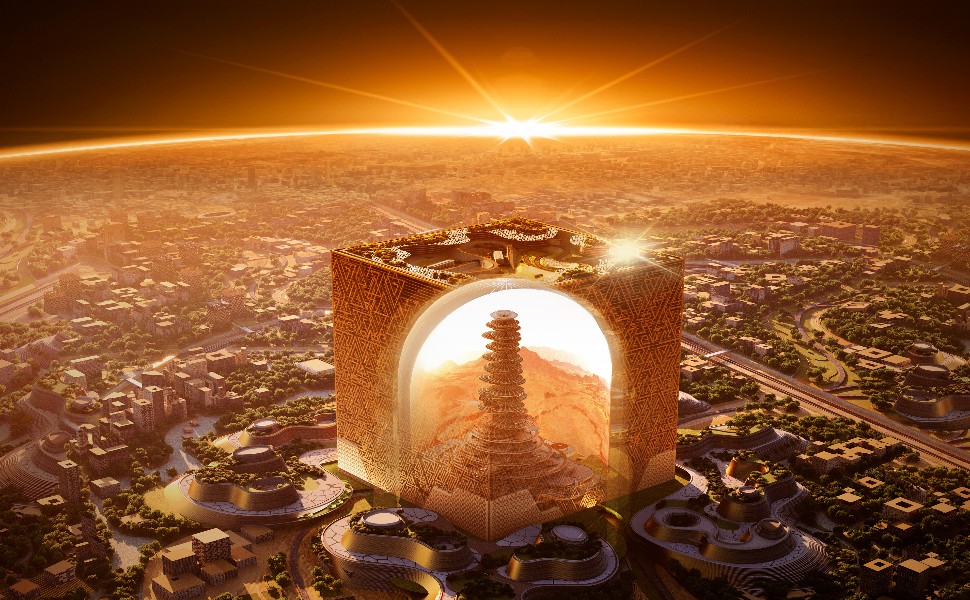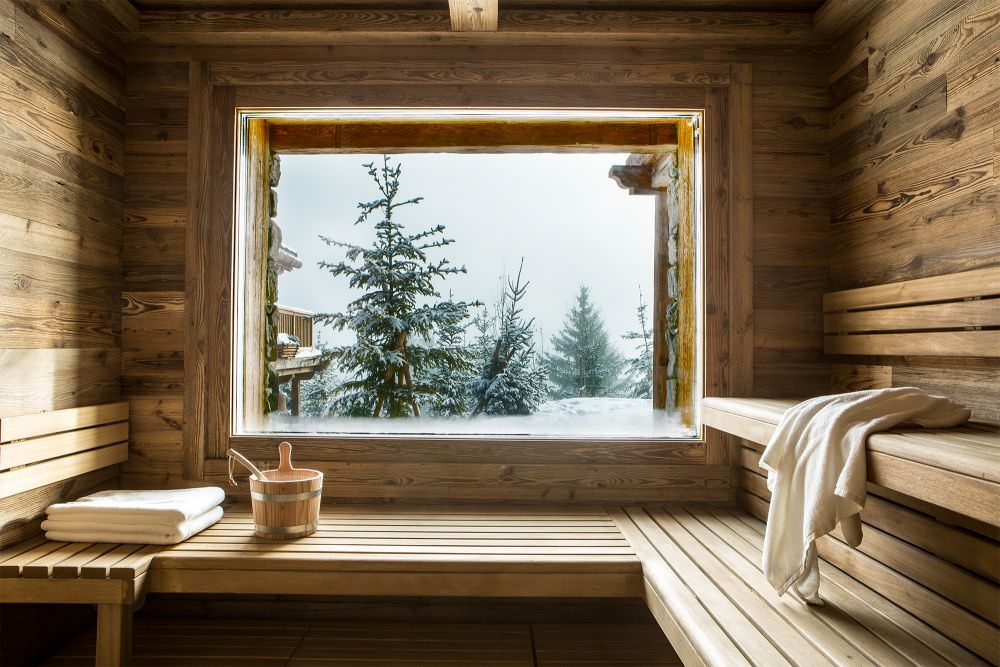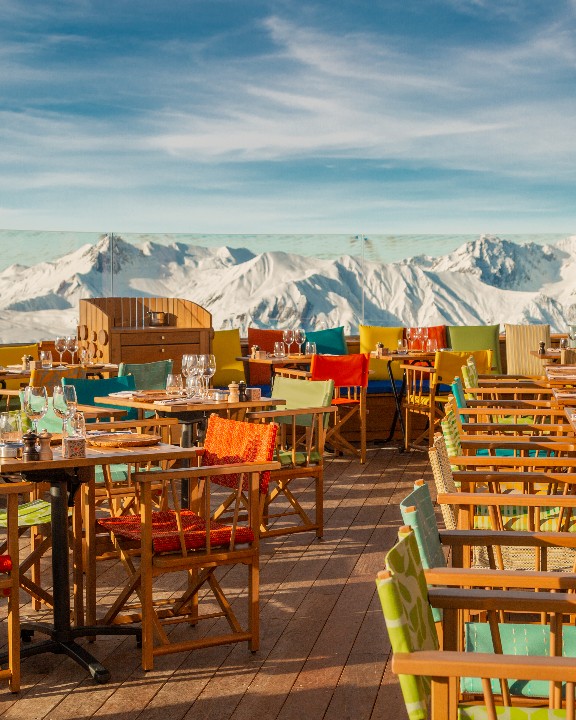 All Articles
Agenda
Art
As seen by...
Cars
Destination
Discovery
Environment
Escape
Event
Fashion & Beauty
Gastronomy
Getaway
Interview
Leisure
Maya Collection
Real Estate
Urbanism
Watch & Jewellery store
Watchmaking
Watchmaking & Jewellery
Well-being
Yachting
All Articles
Agenda
Art
As seen by...
Cars
Destination
Discovery
Environment
Escape
Event
Fashion & Beauty
Gastronomy
Getaway
Interview
Leisure
Maya Collection
Real Estate
Urbanism
Watch & Jewellery store
Watchmaking
Watchmaking & Jewellery
Well-being
Yachting
 Architecture
Art
Design
Gastronomy
High-tech
Interior design
Jewellery
Services
Sport
Tourism
Yachting
Architecture
Art
Design
Gastronomy
High-tech
Interior design
Jewellery
Services
Sport
Tourism
Yachting

They caress the clouds, embrace the sky, play with the sun’s reflections… From terra firma, we are amazed by their slender, dizzying silhouettes. Skycrapers seem to defy the limits of gravity. Symbols of dynamism, financial and economic strength, they personify the impact and appeal of mega-cities in an eternal world contest.
As in Riyadh, once a village typical of the Arabian Peninsula, now the capital of Saudi Arabia, where soaring towers have flourished for many years. Such as the Kingdom Center. Built in 2002, this pierced tower 302 m tall is in the very centre of the business district, overlooking the central King Fahd Road. With a total surface area of 300,000 sq.m, including the tower of 94,230 sq.m, it hosts offices, a shopping mall and a 5-star hotel on 41 floors. Admiring the city lights at night from the Skybridge on the 99th floor is an awesome experience!
After The Line, a futuristic town 170 km long in the desert, Saudi Arabia has unveiled The Mukaab, a cubic skyscraper 400 m high, in Riyadh, with a surface area 20 times that of the Empire State Building. By 2030, this pharaonic construction will host hotels, shopping malls, offices, and over 80 entertainment centres.
Skyscrapers testify to power and identity, but also advances in engineering. Designers compete in creativity to deliver increasingly audacious projects. In 2000, UK architect Norman Foster completed the Al Faisaliah tower. 267 m high, on 44 floors, it is unique for its pyramid shape and glass dome at the top, where the famous restaurant The Globe offers a panoramic view of the city, joined by cafés, luxury boutiques, offices, an hotel, and a children’s play area. Just as spectacular, the Burj Rafal, 308 m high, on 68 floors, was designed by the Chinese architectural P&T Group and hosts a 5-star hotel.
To reach the reception, ask the concierge or make a reservation click on the bell!








